How time was appropriated to make a movement successful
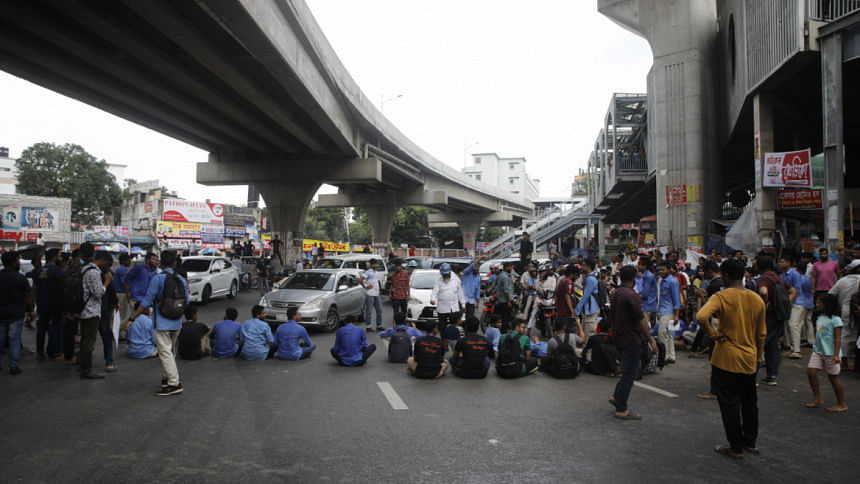
The anti-discrimination student movement has raised many questions and speculations about the causes of the apparently monolithic government's sudden fall and the unexpectedly quick success of the students' movement. Common people, active politicians, and intellectuals are puzzled by the responses of the students, many of whom belong to Gen Z. The issue that frequently comes up in the discussion of the uprising is why Gen Z, despite knowing the fatal consequences of the protest, participated in the revolution. What provoked it to defy the brutal forces exercised by the government? Many people attribute Gen Z's action to its addiction to the virtual world.
In his op-ed, Hisham Mohammad Nazer discusses how video games, movies, and TV shows might have influenced the students' participation and course of action in the movement. However, in the formal and informal discussions about the movement, what has largely been overlooked is the students' deployment of time as an instrument of resistance to the oppressive power. As a strategy to keep their movement alive and not to lose momentum, they subverted the Gregorian Calendar by extending the month of July, and thus ensured the continuation of their movement without any break.
I try to understand the students' appropriation of time to overcome the temporal barrier from a literary and cultural perspective. In Indra Sinha's novel Animal's People, the transnational corporation named Kampani uses what Rob Nixon calls "strategies of distantiation…to defuse the claims of the afflicted." In terms of time, this distantiation refers to disrupting the relationship between the present and the past and extending the temporal distance between them (for example, through procrastination) with a view to obfuscating any causal connection between the events taking place in two different points of time. As a result, the past loses its significance in relation to the present and sinks into the dismal abyss of oblivion; it fails to hold any sway over the present. This temporal distantiation can undermine any movement.
The anti-discrimination student movement ran the risk of being affected by temporal distantiation. The protest that started in early July became more intense later in the month because of the brutal killing of a number of students, children, and passersby by the law enforcement authority. The death of innocent people had already made July a month of mourning.
Under the circumstances, when the movement entered the month of August, the protesters faced a twofold challenge. First, being a new month, August marked a temporal distance from July, and thus a symbolic rupture in the protest, which had the potential to weaken the struggle. Second, August threatened to erase the memory of July. August was considered the month of mourning to commemorate the assassination of Sheikh Mujibur Rahman and his family members on August 15, 1975. Observing this month with solemnity would have relegated the loss incurred by the nation in July 2024 to the background. This anxiety of the students finds expression in many Facebook posts that questioned the validity of observing only August as the month of mourning. They asked why July could not be considered a month of mourning, too.
To deal with this twofold challenge, Gen Z needed to devise a strategy that could counter the potential amnesia brought about by temporal distantiation. It wanted to resist any rupture between the present and the past, between now and then, and hence it appropriated time. Time, as the French philosopher Michel Serres argues, is not linear, but rather "multidirectional" and "mobile." Consciously or unconsciously, Gen Z seemed to have capitalised on this fluid nature of time. It disrupted the normative understanding of time by not conforming to the Gregorian calendar and by extending July up to the 36th day when the government eventually fell. This extension of the month of July, on the one hand, prevented temporal distantiation that August could have caused, and on the other hand, it left Gen Z's month of mourning distinct from Awami League endorsed month of mourning. Gen Z demonstrated an innovative and subversive understanding of time that bolstered its movement against authoritarianism and led to its success.
Gen Z's temporal awareness finds expression in its post-revolutionary activity too. Immediately after the successful uprising, it started drawing graffiti on the wall depicting the sacrifices the nation had made and the desire for a better Bangladesh. On the one hand, this graffiti is a constant reminder of the past struggle and the potential of the student-mass collective, and on the other hand, it is a warning for the present and future governments against any kind of oppression and dictatorship. The graffiti is intended to resist temporal distantiation by connecting the present to the past and the future.
If Gen Z can disseminate its temporal awareness among the masses and political parties, we can expect positive changes in the country. However, we must wait to see how long Gen Z can resist temporal distantiation and how effectively it can instil temporal awareness in others.
Dr Md. Alamgir Hossain is an assistant professor of English at the University of Rajshahi.
Views expressed in this article are the author's own.
Follow The Daily Star Opinion on Facebook for the latest opinions, commentaries and analyses by experts and professionals. To contribute your article or letter to The Daily Star Opinion, see our guidelines for submission.

 For all latest news, follow The Daily Star's Google News channel.
For all latest news, follow The Daily Star's Google News channel. 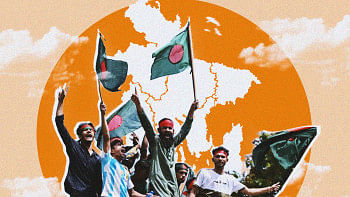


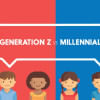

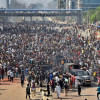
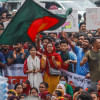


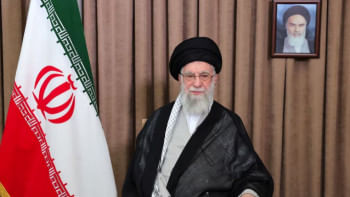
Comments